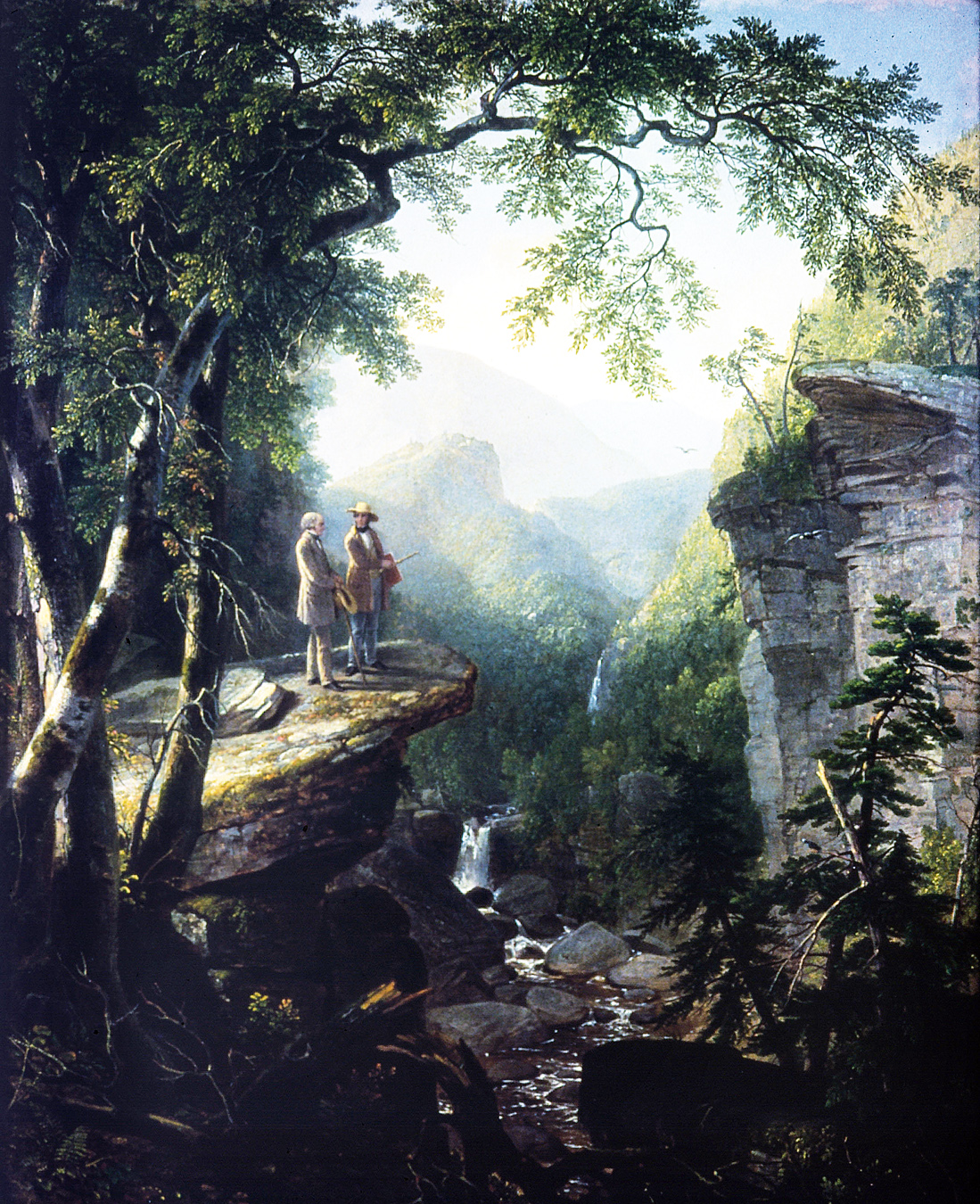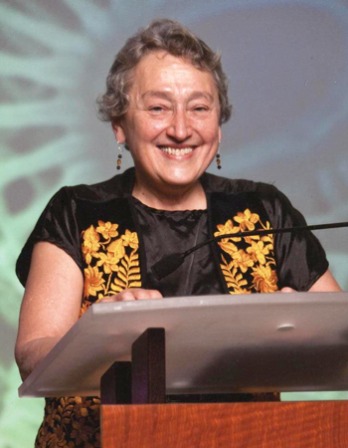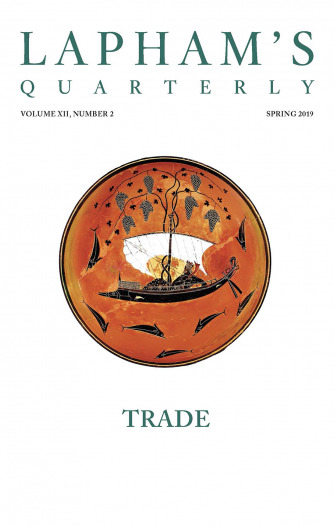As the city grows larger, projects for the public benefit multiply, land becomes more valuable, and the park more and more really central. For what worthy purpose could the city be required to take out and keep excluded from the field of ordinary urban improvements a body of land in what was looked forward to as its very center, so large as that assigned for the park? For what such object of great prospective importance would a smaller body of land not have been adequate?
To these questions a sufficient answer can, we believe, be found in the expectation that the whole of the island of New York would, but for such a reservation, before many years be occupied by buildings and paved streets; that millions upon millions of men were to live their lives upon this island, millions more to go out from it or its immediate densely populated suburbs only occasionally and at long intervals, and that all its inhabitants would assuredly suffer, in greater or less degree, according to their occupations and the degree of their confinement to it, from influences engendered by these conditions. The narrow reservations previously made offered no relief from them because they would soon be dominated by surrounding buildings, and because the noise, bustle, confinement, and noxious qualities of the air of the streets would extend over them without important mitigation.
Provisions for the improvement of the ground, however, pointed to something more than mere exemption from urban conditions: namely, to the formation of an opposite class of conditions, conditions remedial of the influences of urban conditions. Two classes of improvements were to be planned for this purpose: one directed to secure pure and wholesome air, to act through the lungs; the other to secure an antithesis of objects of vision to those of the streets and houses which should act remedially, by impressions on the mind and suggestions to the imagination.
A broad stretch of slightly undulating meadow without defined edge, its turf lost in a haze of the shadows of scattered trees under the branches of which the eye would range, would be of high value. If beyond this meadow occurred a depression of the surface, and the heads of other trees were seen again at an uncertain distance, the conditions would be most of all valuable for the purpose in view. First, because there would be positive assurance of a certain considerable extent of space free of all ordinary urban conditions, and in the soft, smooth, tranquil surface of turf, of immunity from the bustling, violent, and wearing influences which act upon the surface of the streets. Secondly, because the imagination, looking into the soft commingling lights and shadows and fading tints of color of the background would have encouragement to extend these purely rural conditions indefinitely.

Kindred Spirits, by Asher B. Durand, 1849. Crystal Bridges Museum of American Art, Bentonville, Arkansas.
The pleasing uncertainty and delicate, mysterious tone which chiaroscuro lends to the distance of an open pastoral landscape certainly cannot be paralleled in rugged ground, where the scope of vision is limited. But a similar influence on the mind, less only in degree, is experienced as we pass near the edge of a long stretch of natural woods—the outer trees disposed in irregular clusters, the lower branches sweeping the turf or bending over rocks, and underwood mingling at intervals with their foliage. Under such circumstances, although the eye nowhere penetrates far, an agreeable suggestion is conveyed to the imagination of freedom, and of interest beyond the objects which at any moment meet the eye. While elements of scenery of this class would both acquire and impart value from their contrast with the simpler elements of open pastoral landscapes, their effect, by tending to withdraw the mind to an indefinite distance from all objects associated with the streets and walls of the city, would be of the same character.
The park is to be surrounded by an artificial wall twice as high as the Great Wall of China composed of urban buildings. Wherever this should appear across a meadow view, the imagination would be checked abruptly at short range. Natural objects were thus required to be interposed, which, while excluding the buildings as much as possible from view, would leave an uncertainty as to the occupation of the space beyond, and establish a horizon line, composed as much as possible, of verdure. No one looking into a closely grown wood can be certain that at a short distance back there are not glades or streams, or that a more open disposition of trees does not prevail.
A range of high woods, then, or of trees so disposed as to produce an effect when seen from a short distance looking outwardly from the central parts of the park of a natural wood-side, must be regarded as more nearly indispensable to the purpose in view—that of relieving the visitor from the city—than any other available feature.
This should be clearly recognized. As neither glass, nor china, nor knives and forks, nor even table and chairs are the essential elements of a dinner, so neither bridges, towers, shelters, seats, refectories, statues, cages for birds and animals, nor even drives and walks are the essential elements of the park. But as what is well designed to nourish the body and enliven the spirits through the stomach makes a dinner a dinner, so what is well designed to recreate the mind from urban oppressions through the eye makes the park the park. All other elements of it are simply accessories of these essentials.
From his collected writings. An engineer and journalist who became a landscape architect, Olmsted was appointed superintendent of the Central Park project in 1857. His design of nature won him prizes and the chairmanship of the commission that preserved Yosemite as a park.
Back to Issue






